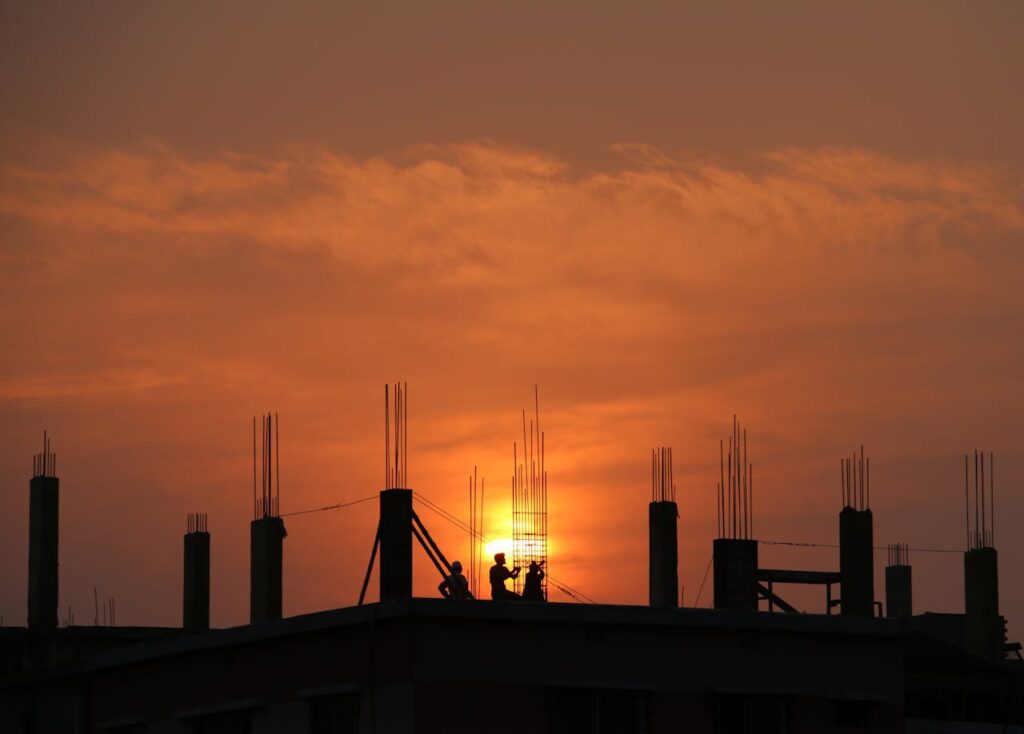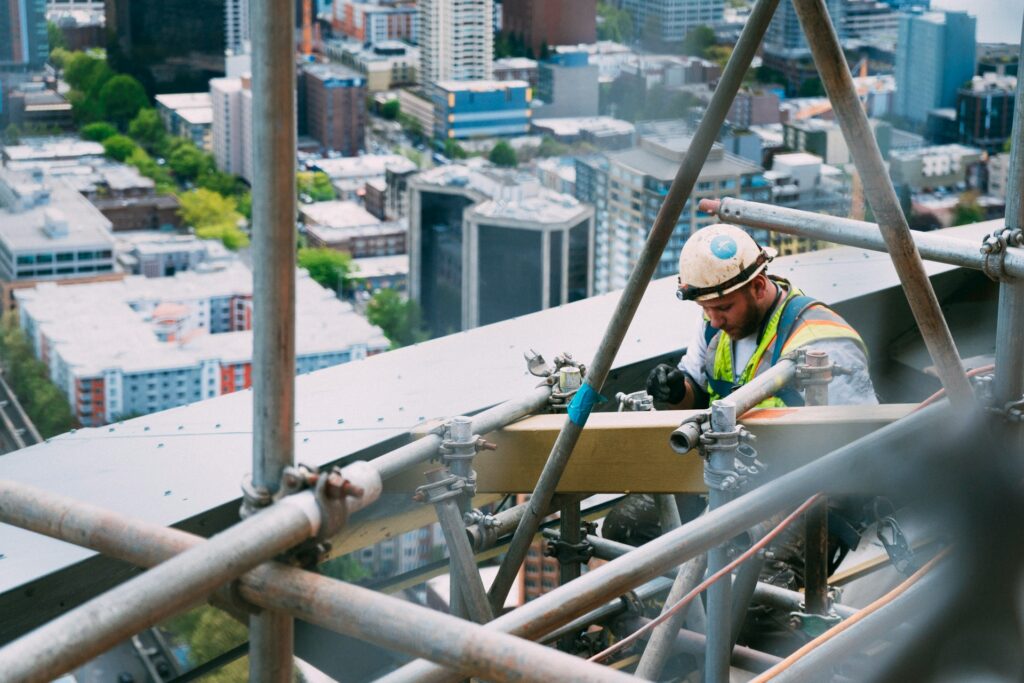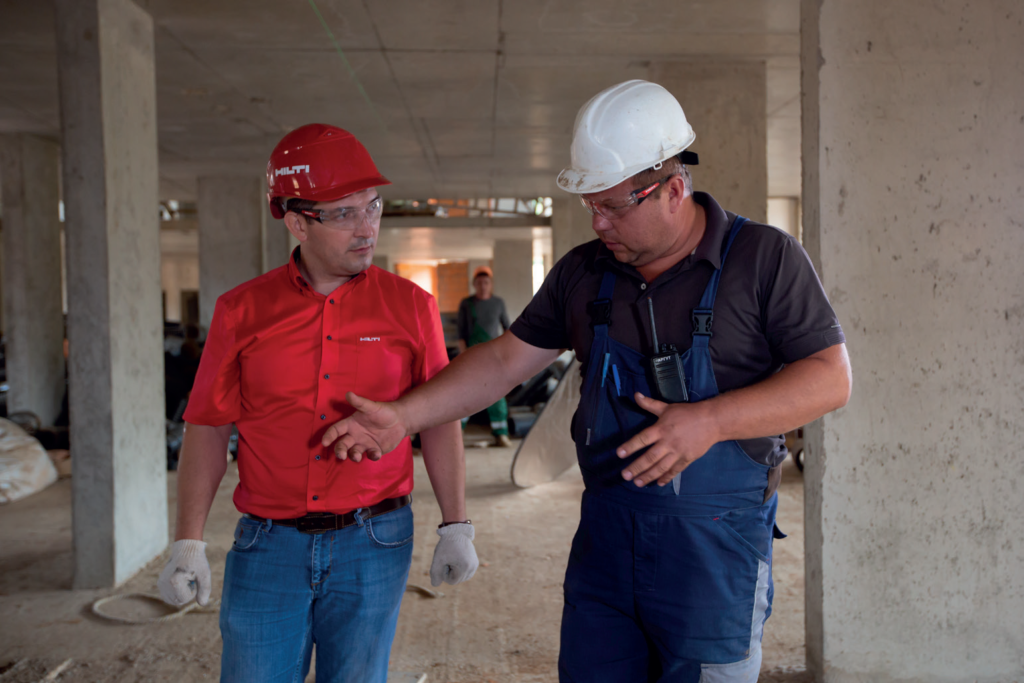The Building Safety Act Widens the Risk of Claims – What Construction Companies Need to Know

The Building Safety Act 2022 (‘BSA 2022’) came into force in part on 28 June 2022, following a government-commissioned review in the wake of the Grenfell Tower fire. It has introduced new and greatly expanded existing statutory obligations upon construction companies, from manufacturers and suppliers to contractors involved in the development of dwellings or buildings containing dwellings, and widened the scope of liability, even to parties that didn’t personally commit any breaches.
This article explains the claims that construction companies face as a result of the BSA 2022.
Extension of time for bringing claims
Contractors may already be aware of duties owed to developers and subsequent owners of dwellings under s.1 of the Defective Premises Act 1972 (‘DPA 1972’), which requires them to build dwellings properly—in a workmanlike or professional manner and with proper materials, so that they are fit for habitation when completed.
Before BSA 2022, claims could be brought under s.1 of the DPA 1972 for a period of 6 years from the date the dwelling was completed. The BSA 2022, however, has extended the limitation period to 30 years from the date the work was completed, where the right to bring the claim accrued before 28 June 2022, and to 15 years from the date the work was completed, where the right of action accrued on or after that date.
The extremely long retrospective extension to limitation has resulted in some claims under the DPA 1972 that could not previously be pursued due to the limitation period having expired being brought back to life. Longstanding contractors have been forced to look through their back catalogue of contracts and assess, along with their insurers, the risk of being exposed to a potential zombie claim.
Creation of new duties when completing works
BSA 2022 also created new duties on contractors who complete work in relation to a building which contains a dwelling e.g. an extension or a refurbishment works to an existing property, to ensure that the work does not cause the dwelling to be unfit for habitation, by inserting section 2A to the DPA 1972.
Claims under section 2A of the DPA 1972 can only be brought in respect of work completed on or after 28 June 2022, and the limitation period to bring these claims is 15 years from the date the work was completed.
New liabilities when manufacturing or supplying construction and cladding products
Changes brought about by the BSA 2022 affect not only contractors but also manufacturers and suppliers of construction and cladding products.
A company is in breach of the BSA 2022 if it manufactures an inherently defective construction product or, makes misleading statements in relation to construction products when marketing or supplying them, or fails to comply with a construction product requirement, if that product goes on to be attached to or installed in a residential building and it causes the building or a dwelling within the building to become unfit for habitation when the works are complete.
Building or dwelling owners can bring claims for personal injury, property damage, or economic loss in respect of works completed after 28 June 2022. The limitation period is 15 years from the date the work was completed.
For the manufacture or supply of cladding products, however, the liability is also retrospective, meaning that a claim can also be brought for 30 years from when the works were completed if the works were completed before 28 June 2022.
Widening of the scope of liability
BSA 2022 also opens up companies that are or were ‘associated’ with the offending company (i.e. the company that incurred the relevant liability) but were not directly involved in the failings of the construction/manufacture/supply to a potential claim under the DPA 1972 or for a claim for breach of building regulations under s.38 of the Building Act 1984 or as a result of a building safety risk.
Companies are associated if, at any time in the period beginning from when the relevant works commenced, one controlled the other or if a third company controlled both. This is the case even if the original company has been dissolved.
A claimant can apply to the High Court for a building liability order (BLO) to seek to extend liability to the associated company or for an information order against the offending company, requiring it to provide information or documents relating to parties who are or have been ‘associated’ with it, with the view to later making an application for a BLO against them.
This will likely affect large developers that carried out works through special purpose vehicles that no longer exist or that maintain complex corporate structures to manage risk and segregate liability.
Summary
Overall, the BSA 2022 dramatically increases the risk of claims against construction companies, not only with respect to future contracts but also with respect to contracts long since performed. Further, corporations that had previously used companies’ limited liability as a shield may now face claims despite there being no contractual relationship or direct offending by the company claimed against.
If you are a construction company facing or worried about a claim, or you’re a building or homeowner who believes you may have a claim following the introduction of the BSA 2022, we are here to help. Just call 0345 314 2044 to speak to one of our specialist construction dispute team or complete our web enquiry form and we will contact you.


